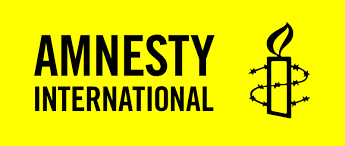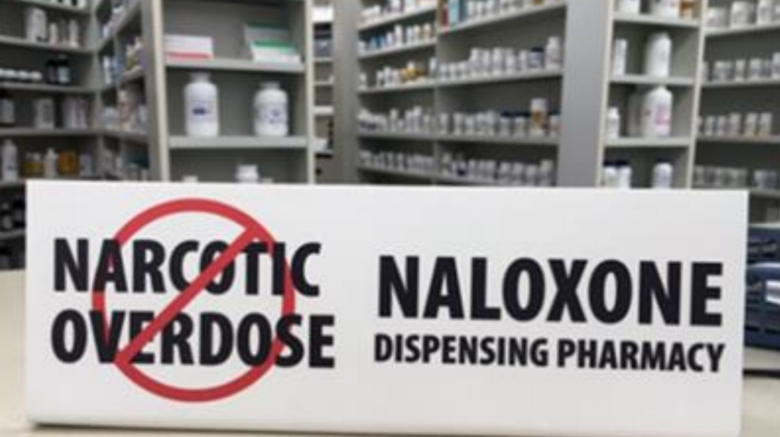AUTHOR: Annika Kannen
The UNODC World Drug Report in 2023 reported that in 2020, an estimated 585,000 people died from drug use worldwide. Still, drug users often have to overcome huge hurdles to access treatment, which in many cases are not available widely, many even being prohibited in several countries.
The right to health includes access to science-backed treatments, which in the case of drug addiction, also means harm reduction services. Harm reduction encompasses all interventions for drug users that do not focus necessarily on getting people sober, but on reducing the risk when they are using. These evidence-based interventions are crucial not only for preventing HIV transmission among injecting drug users but also for mitigating risks associated with various drug use methods. Examples of those interventions would be supervised drug-consumption rooms, opioid substitution programs, drug checking services, needle and syringe programs as well as providing naloxone, which is a drug admitted nasally to treat opioid overdoses, and information on safer drug consumption. Despite the success of such measures, the UNODC (United Nations Office on Drugs and Crime), the leading UN agency on drug policy, has been slow to embrace harm reduction approaches and they are still heavily underutilized. Needle and syringe programs are documented in only 92 countries, and opioid substitution programs face bans in several countries.
This is not the only way in which the right to health of people with a drug addiction is restricted. Policies centered on drug prohibition and criminalization have worsened the risks and harms associated with drug use. Prohibition leads to the sale of more dangerous and adulterated drugs, increases overdose deaths, and fosters stigma against drug users. Punitive drug policies contribute to the spread of blood-borne viruses like HIV and hepatitis C and hinder access to healthcare and harm reduction services.
Furthermore, the criminalization of drugs exacerbates various social determinants of health, such as housing and employment, and causes drug users to fear legal repercussions if they seek help for a drug-related health issue. In Cambodia, for example, Amnesty International has documented the negative impact of aggressive policing around health and harm reduction facilities, leading to raids that disrupt essential services, arbitrarily detain drug users, and discourage people from seeking treatment. To promote public health and human rights, states should refrain from targeting health facilities and harm reduction programs in drug enforcement efforts. Instead, they should engage in constructive partnerships between law enforcement and health providers, incorporating harm reduction approaches into policing tactics.
It is important to note that punitive drug laws and enforcement practices disproportionately affect marginalized communities. Research demonstrates how poverty worsen the negative impacts of drug use, with poverty being connected to reduced access to health services and experiencing higher rates of overdose deaths. Racial disparities in access to harm reduction services are evident, with Indigenous and minority communities disproportionately affected by drug-related harms.
In response to these challenges, over 40 countries have begun to implement new policies, including decriminalization of drug use, possession, and cultivation for personal use. Evidence suggests that such measures, when coupled with expanded health and social services, do not lead to increased drug use rates, which is a concern often cited by people against these policies.
In conclusion, when making policies about drugs, governments should focus on making evidence-based harm-reduction services available to all people, especially those who have been disproportionally affected by the stigma around drugs and its impact.
Sources:
https://www.unodc.org/unodc/en/data-and-analysis/world-drug-report-2023.html

